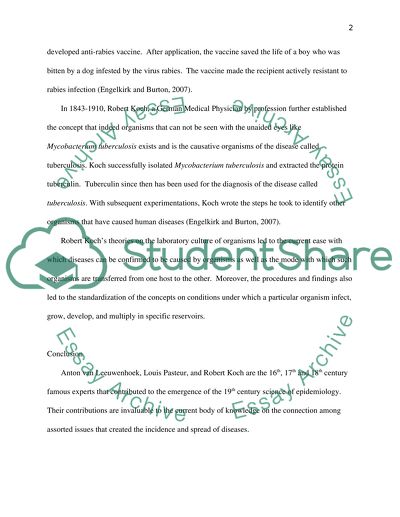The history of epidemiology Essay Example | Topics and Well Written Essays - 500 words. Retrieved from https://studentshare.org/history/1501877-the-history-of-epidemiology
The History of Epidemiology Essay Example | Topics and Well Written Essays - 500 Words. https://studentshare.org/history/1501877-the-history-of-epidemiology.


